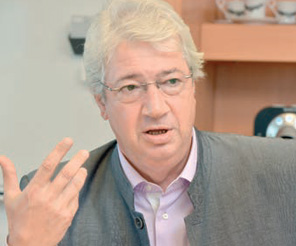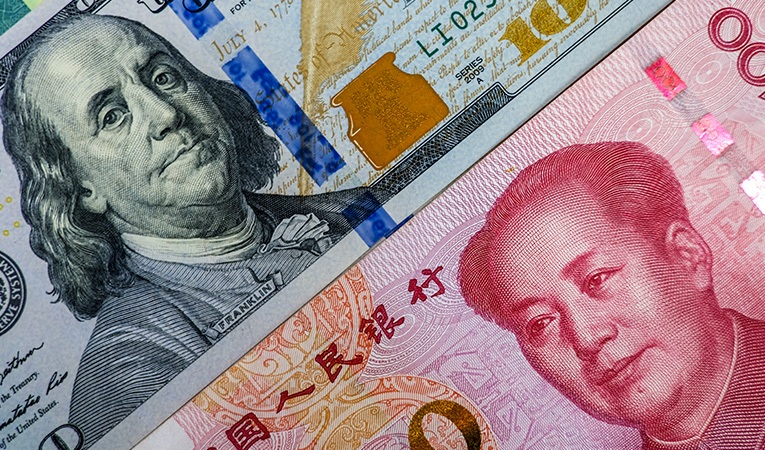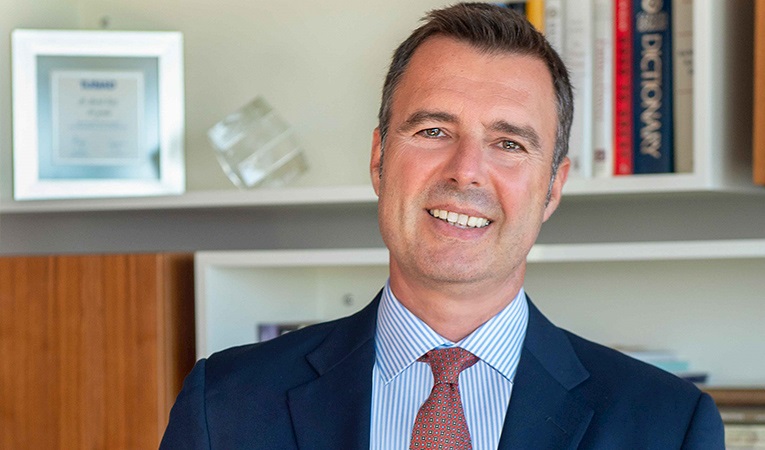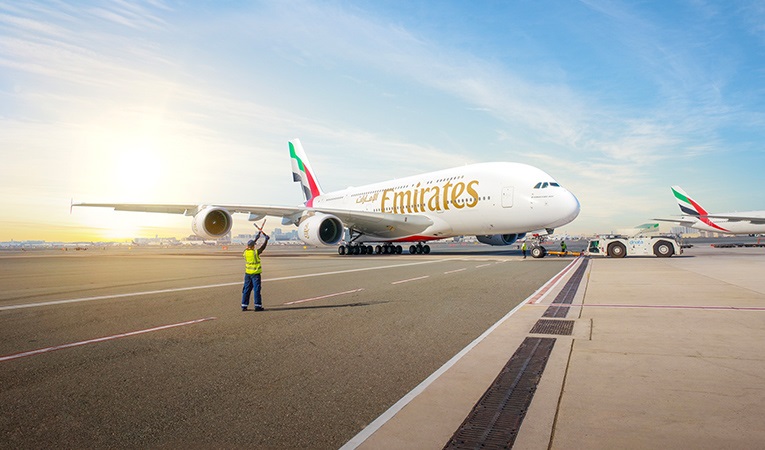
-
BIST 100
 10924,53%-1,34En Düşük10868,99En Yüksek11092,91
10924,53%-1,34En Düşük10868,99En Yüksek11092,91 -
DOLAR
 42,21%0,26Alış42,1989Satış42,2268En Yüksek42,2436
42,21%0,26Alış42,1989Satış42,2268En Yüksek42,2436 -
EURO
 48,90%0,35Alış48,8399Satış48,9530En Yüksek49,0203
48,90%0,35Alış48,8399Satış48,9530En Yüksek49,0203 -
EUR/USD
 1,16%0,14Alış1,1563Satış1,1564En Yüksek1,1592
1,16%0,14Alış1,1563Satış1,1564En Yüksek1,1592 -
ALTIN
 5430,56%0,78Alış5428,77Satış5432,36En Yüksek5466,18
5430,56%0,78Alış5428,77Satış5432,36En Yüksek5466,18
-
BIST 100
 10924,53%-1,34En Düşük10868,99En Yüksek11092,91
10924,53%-1,34En Düşük10868,99En Yüksek11092,91 -
DOLAR
 42,21%0,26Alış42,1989Satış42,2268En Yüksek42,2436
42,21%0,26Alış42,1989Satış42,2268En Yüksek42,2436 -
EURO
 48,90%0,35Alış48,8399Satış48,9530En Yüksek49,0203
48,90%0,35Alış48,8399Satış48,9530En Yüksek49,0203 -
EUR/USD
 1,16%0,14Alış1,1563Satış1,1564En Yüksek1,1592
1,16%0,14Alış1,1563Satış1,1564En Yüksek1,1592 -
ALTIN
 5430,56%0,78Alış5428,77Satış5432,36En Yüksek5466,18
5430,56%0,78Alış5428,77Satış5432,36En Yüksek5466,18
- Anasayfa
- Haberler
- Tüm Haberler
- The innovative consumer has changed the environment
The innovative consumer has changed the environment
Saffet Karpat, who answered Capital’s questions about the latest developments in the fast-moving consumer goods sector
1.10.2012 00:00:000

Capital: What has changed recently in consumer behaviour?
- Every year, 150,000 new households are established in Turkey. Urbanization has accelerated in the last five years. 70 percent of the population lives in cities. We have a population which is rapidly moving towards cities and half of which is under 25. These all affect the profile of the consumer. A group of consumers who give greater importance to innovation has begun to be created. Secondly, internet usage is rising. As a result of the internet, it is possible to communicate one-to-one with young people. The third important change is the attitude towards sustainability. Sustainability and green policies have begun to become very influential for a number of consumers. In Turkey, 5-7 percent of consumers buy products because they are sustainable. These kinds of sensitivities have begun to develop amongst young people.
Capital: So how have these developments affected fast-moving consumption companies and their business models?
- In fact, these three changes show that there is a dynamic environment. There has been an incredible rise in the number of consumers who love to try new things. This is affecting the products which are launched on the market. For example, 2-3 years ago, the dishwasher detergent Fairy, which is one of our basic products, was not available in Turkey. Two years after it entered the market, it has become one of the strongest brands in Turkey. This shows that consumers are open to new things. They can change the brands that they have been using for years. It did not used to be like this. The desire of the Turkish consumer to try new things has risen with the increasing youth of the population.
Capital: After the crisis, there was an increase in demand for premium-priced products. Is it the same situation in fast-moving consumer goods?
- This is true. Some products which appear expensive did develop after the crisis. For example, before 2006, the average price of toothpaste was TL 5. Now it is TL 10. On the other hand, there are toothpastes which cost TL 13-14. Today the price of the most expensive toothpaste is twice what it used to be. Despite this, it is still being sold because that sector is growing a lot. When people buy toothpaste, they use a certain type for one month. They say: “It is worth it for my teeth.” In several categories, the price range has really opened up. There are those who buy a TL 5 hair dye and use it to dye their hair, and those who dye their hair with a TL 18 foam dye... The choice of these products is not related to income groups. Some consumers are more sensitive on certain issues.
Capital: So how do consumers behave when they are making buying decisions?
- Basically, consumers don’t look at the price, they look at the value. This varies according to the person. Everybody’s opinion and assessment of value can be different. For this reason, in the research we conduct, we try to discover how much value consumers give to a product. It is very important to determine the equation.
Capital: In Turkey there has been a striking growth in local and discount supermarkets. How has this affected you?
- Supermarket’s such as BİM, A1001, DİA and Şok are growing rapidly. Some of our brands are sold there. But at Carrefour if we have a presence with 20-25 different products in a category, in the other supermarkets we have a presence with four varieties of what we can describe as basic products. Because consumers go there for their basic needs. They use different channels for their different needs.
Capital: Which categories will growth come from in the future?
- The category with the highest potential is the beauty category. Personal care products are growing by 7-8 percent. But income will rise together with the rate of urbanization and the increase in the number of households. The female sanitary products and diapers market will grow. The daily utilization rate is 1.4 diapers per baby, compared with 4-5 in Europe.
Türkiye ve dünya ekonomisine yön veren gelişmeleri yorulmadan takip edebilmek için her yeni güne haber bültenimiz “Sabah Kahvesi” ile başlamak ister misiniz?
İLGİNİZİ ÇEKEBİLİR
Yorum Yaz
Capital Dergisi'nden son haberleri bildirim olarak almak ister misiniz?






